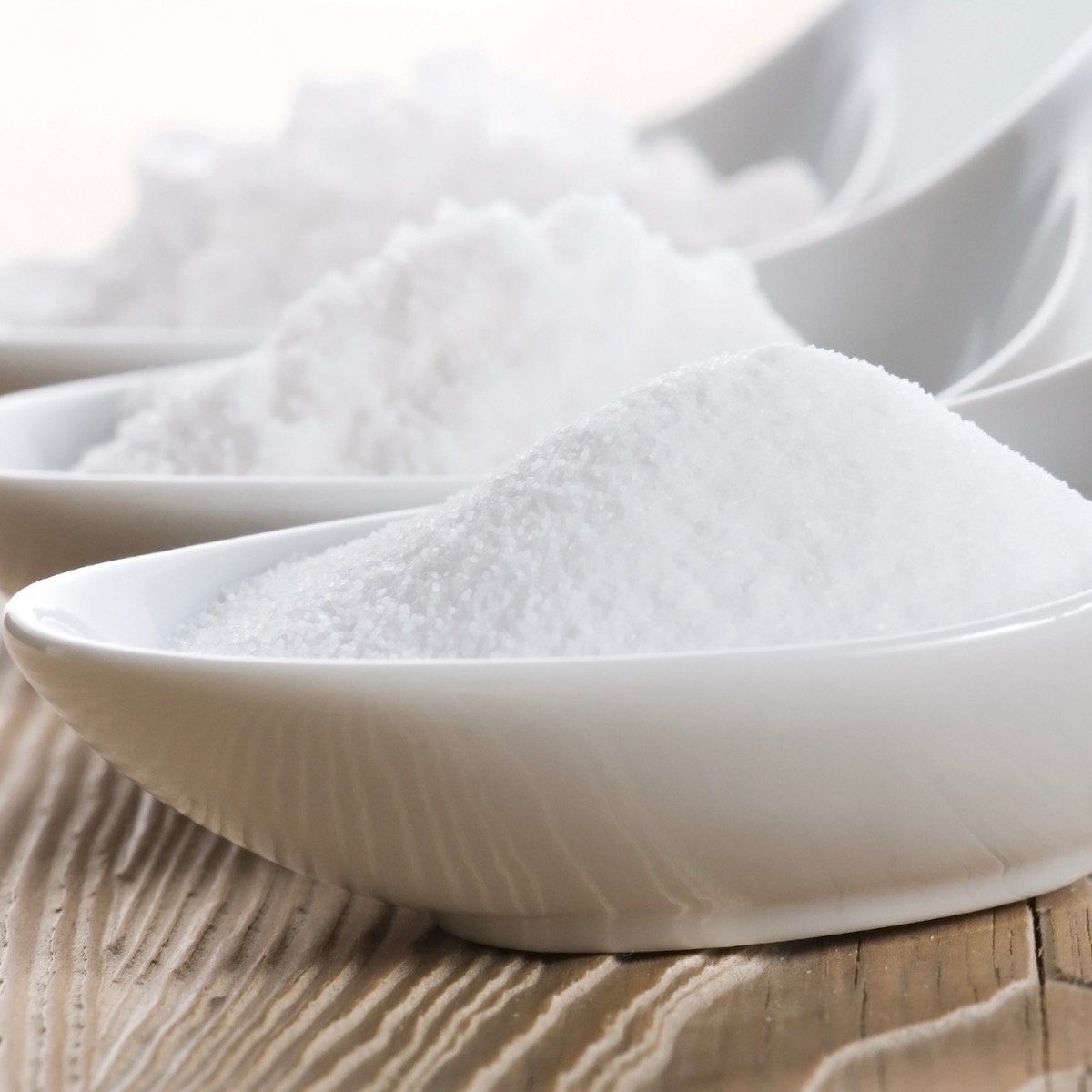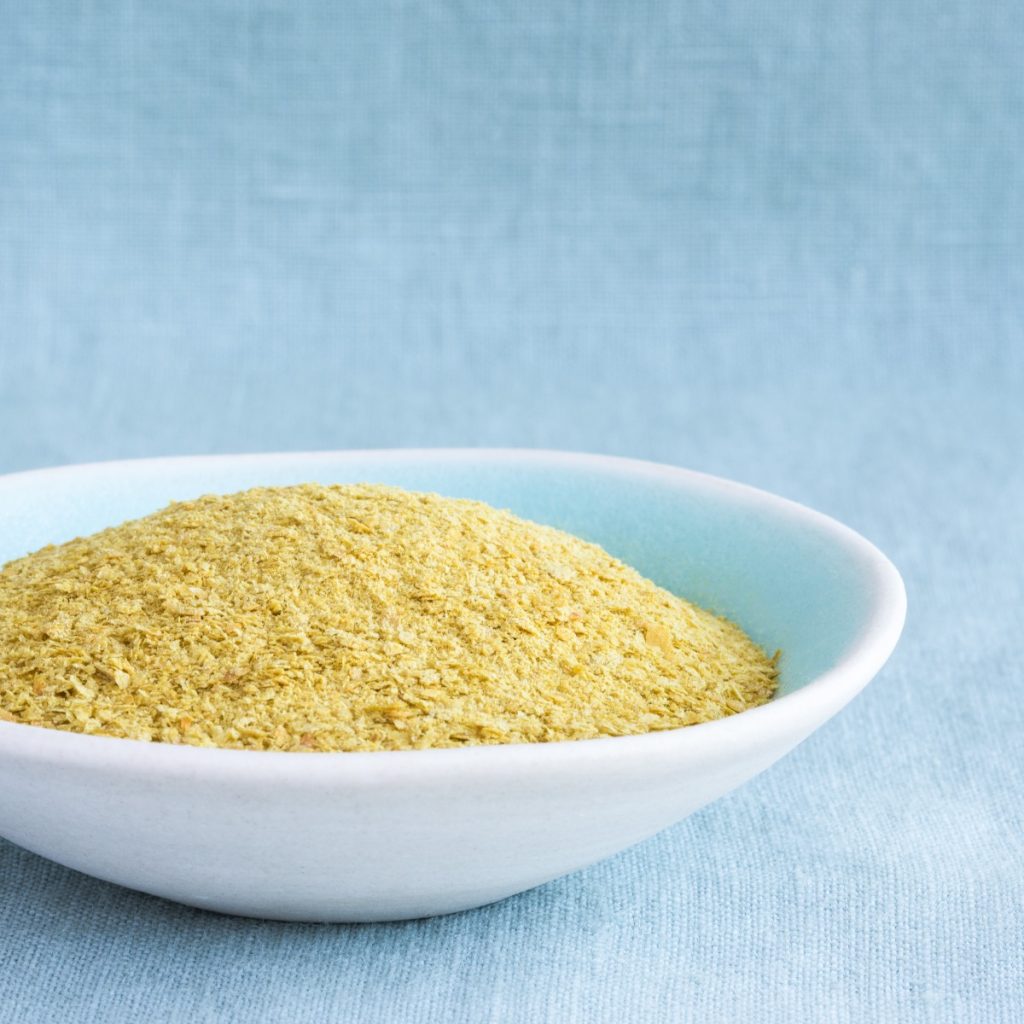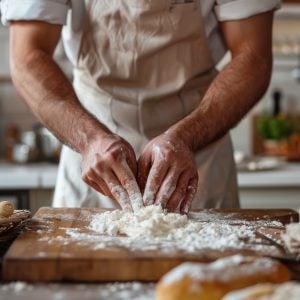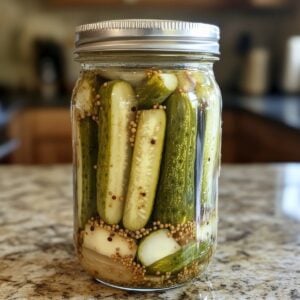I get all sorts of questions asked of me by you guys and I try my best to give you a meaningful response but if I don’t know the answer, I reach out to experts in their field for their responses. Here’s an example.
I received the following email from Grace R. asking,
Hi, I make pizza for a living; I have been told that salt kills yeast. I use salt & sugar with the dry yeast, eggs, oil and water, which is about 135-140 degrees. Was I misinformed? Is it a combination of elements, or has the restaurant just been lucky for the past 26 years? Just curious. Thanks…
So I asked two of my favorite experts, Chef Jennifer Field and Chef Ruth Gresser. Jenni is a graduate of the Orlando Culinary Academy in Florida and Ruth is a graduate of Madelein Kamman’s Classical and Modern French Cooking School in Glen, New Hampshire and owner of the top pizza restaurant in Washington, DC.
Here’s what they had to say:
Chef Jennifer Field – It’s a matter of balance. Salt does retard yeast growth, and in concentrations that are too high, it can indeed kill the yeast. In judicious amounts, salt brings out the bread’s flavor and controls yeast growth so that the resulting crumb is nice and even.
If you ever make a dough without salt, you’ll notice a lot more and faster, rise and after baking, you’ll see large, irregular holes in the bread where the yeast just got carried away. So, it’s not that the restaurant has been lucky; it’s just that their pizza dough recipe is balanced so the yeast can do its thing while the salt keeps them in check.

Chef Ruth Gresser – In response to Grace’s yeast question, she heard correctly that salt and/or too much sugar can kill the yeast. However, yeast has become much less perishable and more reliable over the years and the likelihood of that happening is less than it used to be. Nonetheless, I believe that Grace’s success is not luck, but due to the kind of yeast she uses.
We use regular dry yeast here at Pizzeria Paradiso and so proof it without salt or sugar in water that is 100 to 105 degrees F. It sounds to me as if Grace uses instant yeast that is used by mixing it into the dry ingredients that are then combined with the liquid ingredients, including water, at a much higher temperature of 120 to 130 degrees F. Grace says her water is at 135 to 140 but perhaps after it is mixed with the other liquid ingredients, the combined temperature is in the range of 120 to 130 degrees F.
Thanks, chefs for your responses.













17 Responses
salt does kill the yeast. But if you have 1 tbsp. or less in a recipe that calls for 2 1/2 tbsp of yeast, it just adds flavor.
I totally agree with you
You two are totally wrong, yeast makes a rise when mixed with water and salt/sugar.
It still lets the yeast rise, but also adds flavour.
you cannot taste th sugar in my yeast rolls. i used 2 pks of active yeast, 2 cups sugar to 6 cups of unbleached flour. my rolls rose but kinda of bland. is there anything i can do. these are refrigerated rolls and i have about two doz more to cook. can they can be refrigerated for 7days?
hi Mary, not sure but let me ask Chef Jenni for an answer to your question. – RG
i have a science project to do about the best living condition for yeast. i wrote warm water with sugar. if yeast prefers warm water would it be a benefit to boil the water when making bread? i need an answer ASAP!
well,i wouldn’t do that,cuz if too hot ,it will kill it,invest in a good candy thermometer,it should in most recipes be 100 f to 115 F.
You boil the water to drive off the chlorine, which harms the yeast. If the recipe calls for milk, you “scald” the milk — heat it just to the boiling point — to kill the natural bacteria in milk that can compete with the yeast. You must let both cool back down to skin temperature before adding the yeast.
Anna,
Yeast does like warm water, but boiling water would kill them. I have always heard that 100 degrees is the ideal temperature for yeast growth. I could be wrong. If you did boil water to add to flour you would need to let it sit and cool. I imagine boiling water would partially cook the flour! Many recipes use milk, and steamed milk bread might be a cool little experiment! Just don’t use too hot of milk.
I’m making sourdough bread for the first time. My starter looks good after the third day and I’ll be using it in my bread machine in a couple more days. However, the only recipe I like says to add the salt with the yeast and sugar. The instructions I’ve been using with success for regular bread goes like this:
Place the water, sugar and yeast in the pan of the bread machine. Let the yeast dissolve and foam for 10 minutes. Add the oil, flour and salt to the yeast. Select Basic or White Bread setting, and press Start.
I have found a recipe that adjusts ingredients for the amount of sourdough starter, but says to add the salt with the yeast earlier than I’m comfortable. What I’d like to do is use the above instructions, only adding the sourdough starter last. That way the salt isn’t added for 10 minutes.
My question is, will that work?
Yes, in fact it is always safer to leave the salt out of the blooming stage, especially when scaling recipes down. The issue here is the salinity of the water. If you have too little water for the amount of salt you are using, it will kill the yeast completely, because, physically, there is less room for the salt to float around.
Consider # as the symbol for a water molecule and @ as the symbol for a salt molecule.
If you had 1 tsp salt in 1 cup water, the distribution might be ##@##@##
If you 2 tsp salt in 2 cups of water, the distribution might be ####@@####@@####
It’s still a 1:1 ratio but there is more room for yeast and sugar to swim around between the salt.
You need a lot of salt to kill yeast. Salt does inhibit growth somewhat, but it can also pull something from the yeast cells to make the dough more elastic. I have baked with pressed yeast initially mixed with only salt. This mix makes the pressed yeast collapse to a liquid, but this liquid still makes the dough rise as normal.
Thanks for this information Paul.
I have not had any issue with using a bit of salt but I have a question that came up after watching a movie that centered around a Korean bakery. In the story they commented that adding a bit of corn starch would make the yeast work better. I have searched and not found anything on this..anyone have an idea? I am thinking of trying it with the next small batch that I make.
hi everyone, I have question. I know sugar is food for yeast, but what will happen if too much sugar for activate yeast? Is too much sugar can kill yeast?
I know that using bakers yeast to make wine has this issue. When the alcoholic content reaches a certain percentage, it stops the yeast from producing further alcohol (and carbon dioxide gas). No-one has mentioned the creation of alcohol when activating yeast in a jam jar with water and regular feeding of sugar. Just in case, when the bubbles have stopped, I pour off half the liquid and replace with fresh water.
I’ve successfully made fruit wine with bakers yeast, but brewers yeast is recommended as it can produce a higher alcohol percentage.
I am a biologist by training. Regarding salt and yeast, the answer is…. it depends! To summarize: All living organisms — all plants, animals, fungi (including yeast), and bacteria — need a certain amount of salt to survive. For yeast, the ideal amount of salt is fairly low (by culinary standards), and so when you add salt to the dough, you’re generally going above the yeast’s ideal salt levels. If you add too much, you can eventually stop their growth and/or kill them. They would also die if they had NO salt, but remember that a low level of salt is naturally occurring in the flour and other ingredients as well. So unless you put them in distilled water (which has no salt or minerals), they will have at least some salt at their disposal.
In terms of salt (sodium chloride) levels, there is a “happy medium” range where organisms can live and function properly. It’s kind of like how organisms can only live in a certain moderate temperature range. If the level of heat is too low (e.g., freezing cold), organisms will die. But if the level of heat is too high (e.g., boiling water), they will also die. Or think of sugar (e.g., glucose or sucrose): All known living organisms can process glucose for energy needed to function. (Many cells can convert sucrose, which is table sugar, to glucose and fructose in order to extract energy from them.) So, forms of sugar are used by pretty much all living organisms for survival. However, too much sugar will prevent microorganisms from growing, which is why fruit preserves (e.g., strawberry jam) must contain a certain minimum concentration of sugar or else they will grow mold and bacteria. The same is true for the levels of sodium and chloride (the two ions which make up table salt) — we need not too little and not too much in order to function. This is why high levels of salt can be used to preserve foods –high levels of salt will prevent microorganisms from growing.
Note: Table salt (what I call “salt” here) is the mostly pure, dry form of sodium chloride. Even though all living organisms contain sodium and chloride ions, these ions are not in a dry, crystallized form like granulated table salt. In living cells, which all contain water, the sodium chloride is dissolved in a watery solution, so that it forms sodium ions and chloride ions. These ions have many functions inside and outside of the cell, which are necessary for all forms of life. At high concentrations. however, these ions will bind with proteins and other important molecules and disrupt their normal functions, and thus can eventually kill all organisms (except maybe spores of certain bacteria that would remain inactive in a dormant state). There is a happy medium level of salt that is ideal for any given cell or organism.
In terms of food and nutrition: Any food products that contain part of a plant or animal contain SOME amount of salt, because all cells contain salt (sodium and chloride ions) or else they could not have ever functioned as cells. The only way a food would be “salt-free” is if it was processed in some way to remove the naturally occurring salt (for example, white granulated sugar derived from sugar cane plants or beet plants). However, unprocessed foods, such as milk, fruits, vegetables, meat, eggs, mushrooms, or grains — all contain salt in some amount. The amount of salt varies among foods, because different organisms and different types of cells need different amounts of sodium and chloride to function. (Just think about your own body: Tears and sweat are pretty salty, but your saliva is less salty or else you would be tasting salt all day.) For example, a medium apple contains only about 2mg of sodium, whereas a medium stalk of celery has about 30mg of sodium. A 3-ounce serving of fresh meat contains about 55-80mg of sodium.
***Remember that table salt’s chemical makeup is one part sodium and one part chloride, so on a nutrition label, “sodium” is an indicator of the salt content. However, sodium can come from some other sources as well, especially when you are baking: Remember that “baking soda” is sodium bicarbonate (NaHCO3), which dissolves in water to form sodium ions (Na+) and bicarbonate ions (HCO3-). In an acidic mixture (containing H+ ions), the acid (H+) combines with the bicarbonate ions (HCO3-), neutralizing them. This reaction generates water (H2O) and carbon dioxide (CO2), the latter of which is a gas that causes baked goods to rise. But the sodium part of the baking soda remains in the baked item and contributes to the total sodium content. The negative health effects of high sodium levels (for example, in people with cardiovascular/heart conditions or kidney problems) will occur regardless of where that sodium originated. It could be from table salt, from baking soda, or any other substance that contains sodium — it will still have the same harmful effects. This is why nutrition labels list the levels of sodium by itself, instead of listing the “salt” (sodium chloride) levels — if someone is keeping track of their sodium intake, they need to know the amount of sodium alone, not the total amount of salt (only part of which is sodium, and which is only one of many possible sources of sodium).